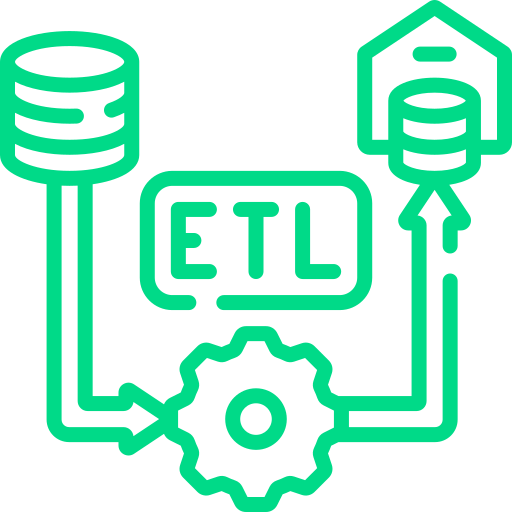Rethinking ETL: Why Loading Data Without Preparation is the Future
- JC
- Jul 23
- 2 min read
Updated: Jul 23
For decades, enterprise data teams have relied on ETL (Extract, Transform, Load) to make data usable. Data is painstakingly extracted from source systems, transformed to fit a predefined schema, and then loaded into a warehouse for analysis.
But this traditional ETL pipeline, once the backbone of analytics, is now showing its age. In a world of increasing data complexity and variety, with growing demands for speed, transparency, and agility, the ETL process has become a bottleneck.
It’s time to rethink ETL — and reimagine it as ELT through a graph-first approach. At Conode, we believe the future lies in loading data as-is, letting the graph infer structure, and transforming only when you actually need it.
The Problem with ETL
The assumptions behind traditional ETL no longer hold true:
It assumes you know your schema upfront. But business questions change constantly.
It assumes data sources are stable. But today’s enterprises have highly dynamic, fragmented systems.
It assumes data is clean and structured. But much of your insight lives in messy, unstructured content.

The result?
Data engineering teams spend weeks or months building pipelines, mapping fields, and cleaning records, only to find the next business question requires starting over.
Why "Load First" Makes More Sense
Rather than spending months trying to fit all your data into a rigid schema before anyone can even use it, a load-first, transform-later (ELT) approach offers a better path:
Load your structured and unstructured data as is into a dynamic knowledge graph.
Let the graph infer relationships, structure, and semantics — no manual schema design required.
Transform and shape data only at query time — guided by your actual business needs.
By centering this ELT process on a knowledge graph, you not only preserve context and connections between data but also make it explainable and ready for AI-driven insights.
This approach radically shortens time-to-insight while maintaining flexibility and transparency.
How Conode Does It
Conode was built around this principle from day one — ELT through the graph:
Load structured and unstructured data instantly — no schema, no manual preparation.
Automatically build a live, explainable knowledge graph of your data.
Enable both business and technical teams to query, explore, and reason over the data in natural language.
Transform the data contextually at query time — when and where it’s actually needed.
The Business Impact
By shifting from traditional ETL to Conode’s graph-powered ELT paradigm, organizations can:
Drastically reduce engineering overhead.
Give business users faster, more flexible access to data.
Include unstructured and semi-structured data in analysis.
Adapt quickly as business questions and data sources evolve.
Preserve explainability and compliance, even as data grows more complex.
A New Way Forward
Enterprises don’t need more brittle pipelines. They need a way to make all their data accessible, explainable, and actionable — right now.
At Conode, we believe it’s time to move beyond the limitations of traditional ETL — and embrace ELT through a knowledge graph.
It’s time to load your data without preparation and let your business questions shape the way you use it.
Ready to rethink your data strategy? Let’s talk.



Comments